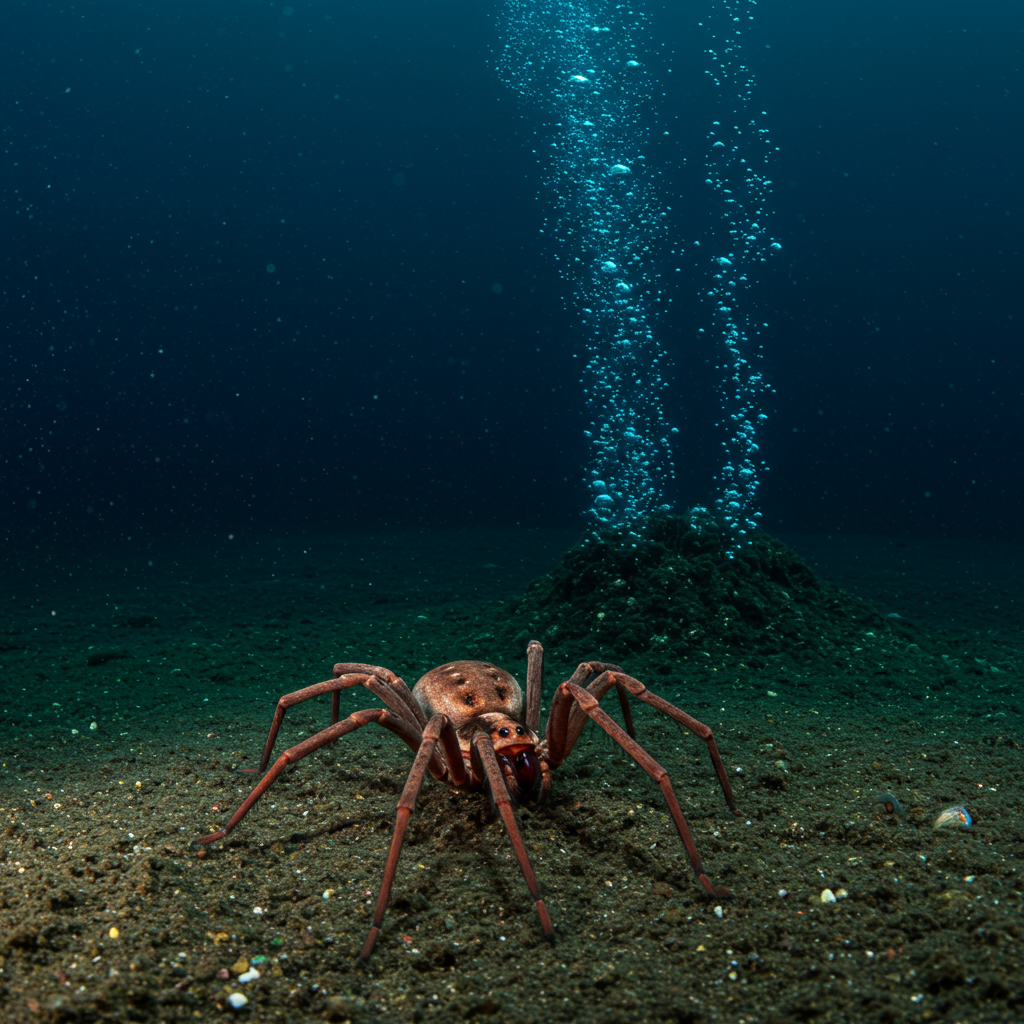This week in science brought fascinating discoveries, from unveiling a potential missing piece of human evolution to finding life thriving on methane deep below the ocean. Here’s a look at some of the most compelling scientific breakthroughs.
Unveiling the “Dragon Man” Skull: A Mysterious Human Ancestor
For tens of thousands of years, our species, Homo sapiens, shared the planet and even interbred with other prehistoric humans like Neanderthals and Denisovans. While we have a relatively clear picture of Neanderthals from numerous fossils, much less is known about the enigmatic Denisovans, whose existence was primarily inferred from genetic traces found in modern humans and a few fragmented fossils.
However, a remarkable discovery made in China in 2018 could fill crucial gaps in this evolutionary puzzle. A nearly complete fossilized skull, dating back at least 146,000 years, was recovered from a well in Harbin. This ancient cranium didn’t quite match any known prehistoric human species.
Scientists analyzing the specimen, dubbed “Dragon Man,” extracted genetic material that revealed a significant connection: this ancient individual was related to the mysterious Denisovans. Described in two major new studies, this finding is a monumental step in understanding a period when multiple human species coexisted. The skull itself offers unique insights into the appearance of these ancient relatives, featuring a large brain capacity, deep-set eyes, thick brow ridges, a wide mouth, and notably large teeth.
This discovery helps paint a fuller picture of human diversity during the Middle Pleistocene epoch and highlights the complex branching of the human family tree.
Beyond the Known: Baryonic Matter and Deep-Sea Secrets
While exotic concepts like dark matter capture the imagination, plenty of mysteries surround the ordinary stuff that makes up stars, planets, and us – baryonic matter. This material, the stuff of protons and neutrons, is spread thinly between galaxies, making it notoriously hard to detect and measure.
But new research offers a potential breakthrough. Scientists have found a way to observe this elusive intergalactic fog by using the powerful flashes of fast radio bursts (FRBs) as probes. This technique could revolutionize our ability to map the universe’s “normal” matter distribution.
Meanwhile, venturing into the deep sea continues to yield incredible finds. For the first time, scientists have captured footage of an elusive 3-foot-long squid, offering a rare glimpse into the life of this mysterious creature in its natural habitat.
Ancient History and Unexpected Life
Back on land, archaeology continues to unearth secrets of the past. Experts from the Museum of London Archaeology meticulously pieced together stunning 1,800-year-old frescoes from a luxury Roman villa in Britain. The detailed artwork, depicting fruit, flowers, birds, and musical instruments, offers a window into the opulence of what excavators playfully dubbed the “Beverly Hills” of Roman Britain before the site was razed centuries ago. This painstaking effort highlights the rich history of Roman occupation in Britain, which began in AD 43 and lasted nearly 400 years.
In another surprising discovery, scientists exploring deep-sea methane seeps off the US West Coast found life adapting in extraordinary ways. Methane, a potent greenhouse gas at the surface, becomes a food source thousands of feet down where sunlight cannot penetrate. Here, gas escaping from the seafloor feeds bacteria that live on the exoskeletons of newly discovered sea spider species.
These unique bacteria convert methane and oxygen into sugars and fats, providing nourishment for the spiders. Researchers even suggest that these Sericosura sea spiders might pass these methane-fueled bacteria to their hatchlings, ensuring a ready food supply from birth.
More Science Highlights from the Week:
A SpaceX Starship rocket experienced an anomaly during a ground test, prompting questions about the program’s timeline for Mars missions.
An Australian brown moth species was found to migrate hundreds of miles at night using stars for navigation, a skill previously thought limited to humans and birds among land animals.
Anomalous signals detected in Antarctic ice are being investigated by scientists using a new detector, potentially offering clues about ghostly cosmic particles.
Using DNA analysis, researchers reconstructed the face of a prehistoric woman who lived in what is now Belgium around 10,500 years ago, suggesting significant variations in skin color already existed among early human populations.
From unlocking secrets of our ancient relatives to discovering novel ecosystems, this week’s science news reminds us of the vast frontiers still left to explore.



